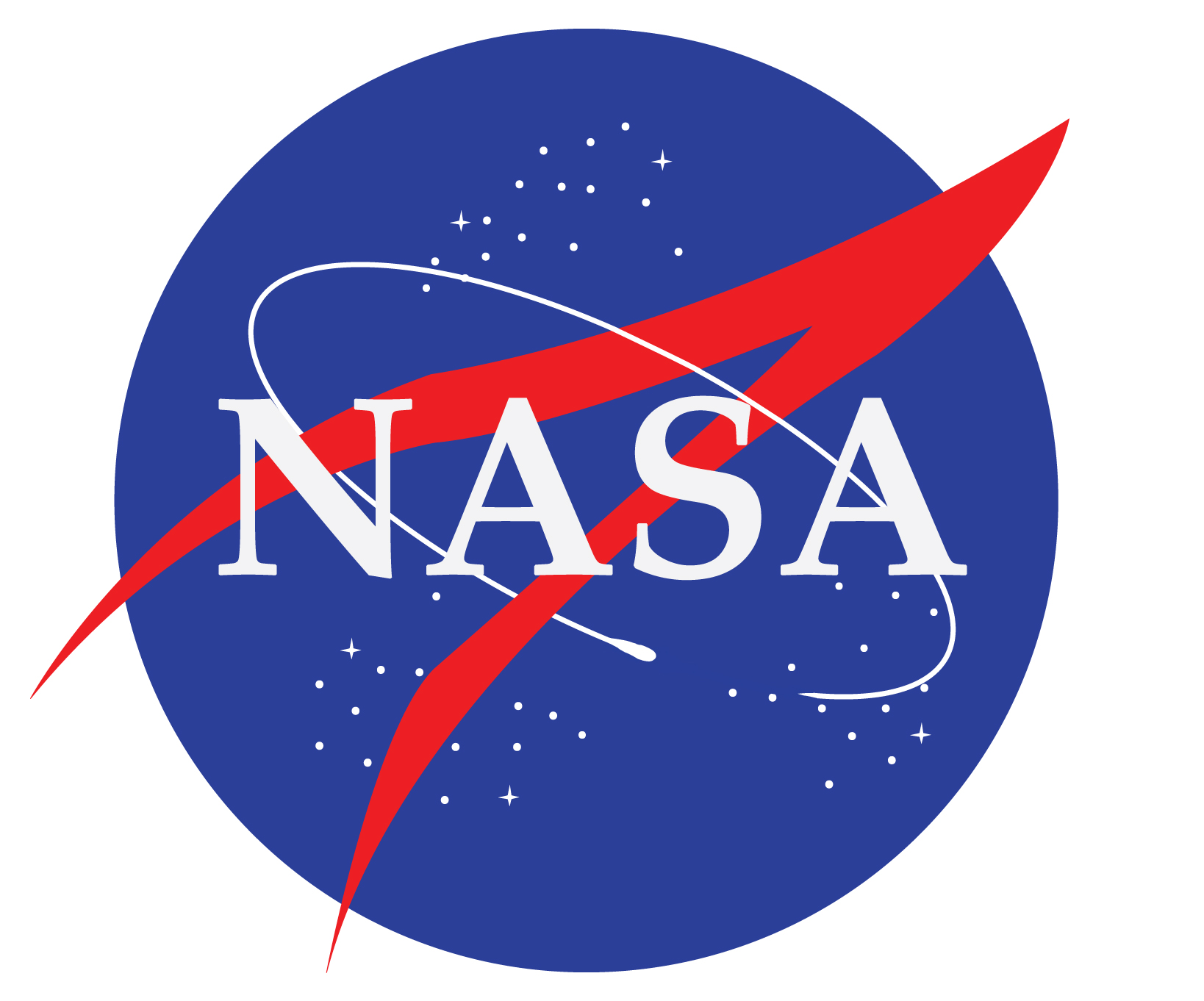Multiple uncrewed lunar landings are planned for the next twelve months. They are spurred by a renewed effort in the U.S. to return humans to the lunar surface later this decade. Both private space companies and national agencies are set to make the two hundred- and forty-thousand-mile voyage to our celestial neighbor. They will test landing capabilities, look for usable water ice, and more.
Two private landers from the U.S. are set to reach the moon at about the same time. They are the Peregrine craft from Astrobotics and the Nova-C craft from Intuitive Machines. Both are NASA-backed missions with various instruments on board to study the lunar environment. They are part of NASA’s Commercial Lunar Payloads Services program. This program aims to stimulate commercial interest in the Moon ahead of human missions planned for later this decade under its Artemis program.
The first part of the Artemis program involves an uncrewed Orion spacecraft launched to the Moon atop NASA’s giant new Space Launch System in November 2022. The next part of Artemis is scheduled for 2024. It calls for a crewed flight around the Moon. These next twelve months will lay important groundwork for Artemis by studying the lunar surface. There may also be a search for water ice. Jon Cowart is a former NASA human spaceflight manager now at the Aerospace Corporation in the US. He said that “The moon is getting a lot more attention than it has done for many years.”
Intuitive Machines has a second lunar landing scheduled for 2023. Also scheduled for 2023 are landings from the space agencies of India and Japan. The India mission features the Chandrayaan-3 to be launched in August of 2023. The Japanese mission is called the Smart Lander for Investigating Moon (SLIM) but it does not have a firm launch date yet. There are reports that Russia has plans for the Moon in 2023 that will involve its Luna-25 lander.
Since May 2020, SpaceX has been using its Crew Dragon spacecraft to send astronauts into space. Some of these were for the International Space Station (ISS) under contract with NASA and others are intended for private missions. SpaceX’s Polaris Dawn mission scheduled for March 2023 will be a big step.
All these developments in commercial human spaceflight may be overshadowed by the first orbital flight attempt of SpaceX’s massive and reusable Starship rocket. The new launch vehicle recently underwent launchpad tests earlier this month and should launch in 2023.
If that launch is successful, the rocket will surpass NASA’s Space Launch System as the largest rocket to make it to orbit. It could transform our exploration of space. Uma Bruegman is an expert in space strategies at the Aerospace Corporation. She said, “The ability to take more mass up opens up new opportunities.” Missions to Mars could utilize the new launch vehicle. Cowart said, “It’s definitely an important year [for Starship]. They’ve got a lot to do.” One of the near-term missions for the Starship will be to prepare for exploration of the Moon. NASA chose the Starship’s upper stage as the initial lunar lander for the Artemis program.”
